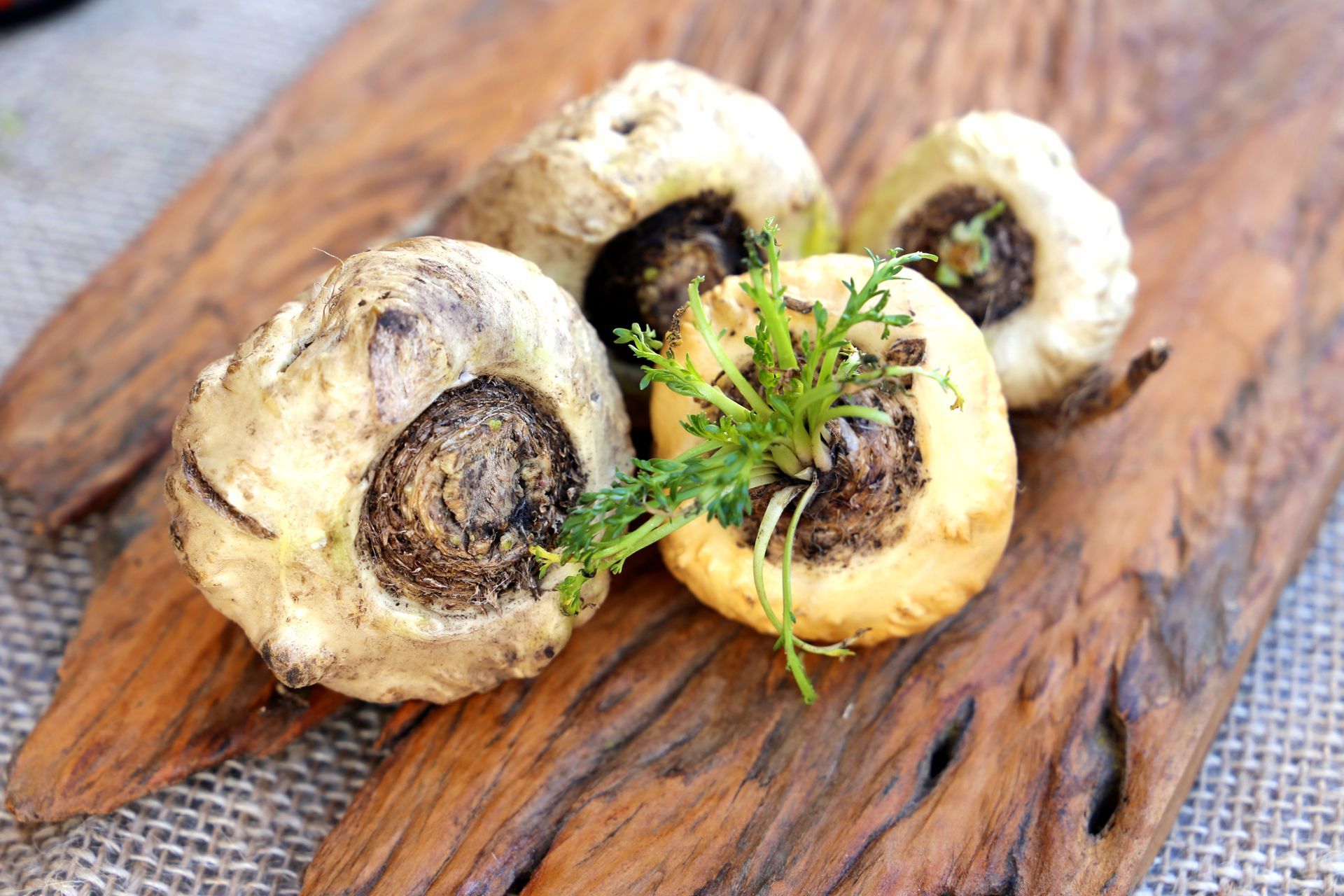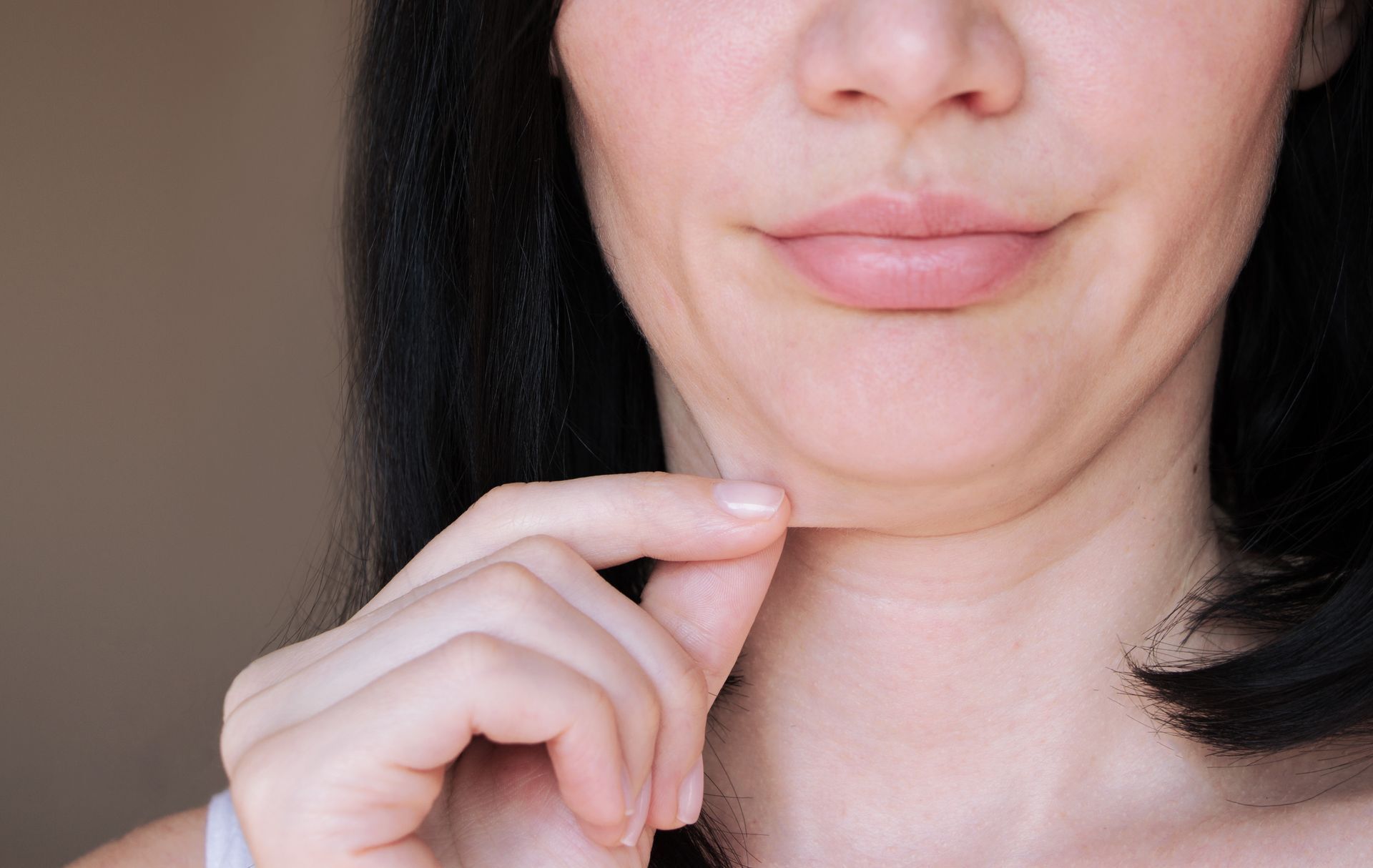Not All Maca Is Created Equal: Which Maca Is Best for You?
An adaptogenic plant known as maca is grown in the central Andes of Peru at elevations between 12 and 14000 feet under challenging environmental conditions. Adaptogens are a very rare class of herbs that help the body’s systems deal with stress, anxiety, and fatigue in order to improve the body’s response.
A wide variety of bioactive components, such as amino acids, glucosinolates, phytosterols, and alkaloids, are present in maca. However, studies have shown that the species Lepidium peruvianum (maca) actually has 13 distinct phenotypes, each of which has distinct coloring, DNA, analytical profiles, and, most importantly, physiological effects on the body.

Maca types and its effects on our body
Black maca has been demonstrated in both animal and human clinical studies to enhance sperm motility, sperm production, mood, energy levels, and brain function. In contrast to yellow and red maca, which had minimal effects on sperm generation and motility, black maca has been demonstrated to have favorable effects in animal models. Memory recall and cognitive speed have both been significantly impacted by black maca.

It has been demonstrated that Red maca can successfully alleviate premenstrual syndrome symptoms, boost energy, elevate mood, and shrink prostate size. With polycystic ovarian syndrome, red maca has been demonstrated to have favorable effects on estrogen and progesterone levels while without raising testosterone (PCOS).
While red maca has no effect on serum testosterone, it may have an effect on prostate enlargement due to the activity of glucosinolates on androgen receptors. It’s interesting to note that research has showed that red maca is the only phenotype to statistically significantly outperform other phenotypes in terms of aiding patients with prostatic hyperplasia in shrinking the size of their prostates.

Yellow maca has been linked to strong cellular protection from UV radiation, reduced premenstrual syndrome symptoms, and increased female fertility. Rats receiving oral treatment of aqueous yellow maca had larger uteruses, more numerous offspring, and heavier litters. In ovariectomized mice, treatment with the aqueous yellow maca extract also raised uterine weight. In addition to phytoestrogen sitosterol, which has been found to have a positive impact on progestin levels, yellow maca also contains other sterols.

Maca is a natural food supplement that has a lot of misconceptions as a product. The majority of nutritional powders or supplements include a random mixture of all the various phenotypes combined together in the proportions found naturally on the farm where it was gathered. Additionally, they frequently just mention the increased energy that comes from maca. The research does, however, highlight the fact that because to the multitude of physiological impacts connected to phenotype, growth environment, and concentration, products might fluctuate significantly from lot to lot, batch to batch, and product to product.
Please make sure to consult with a licensed medical provider before buying Maca powder at your neighboorhood whole foods store.











